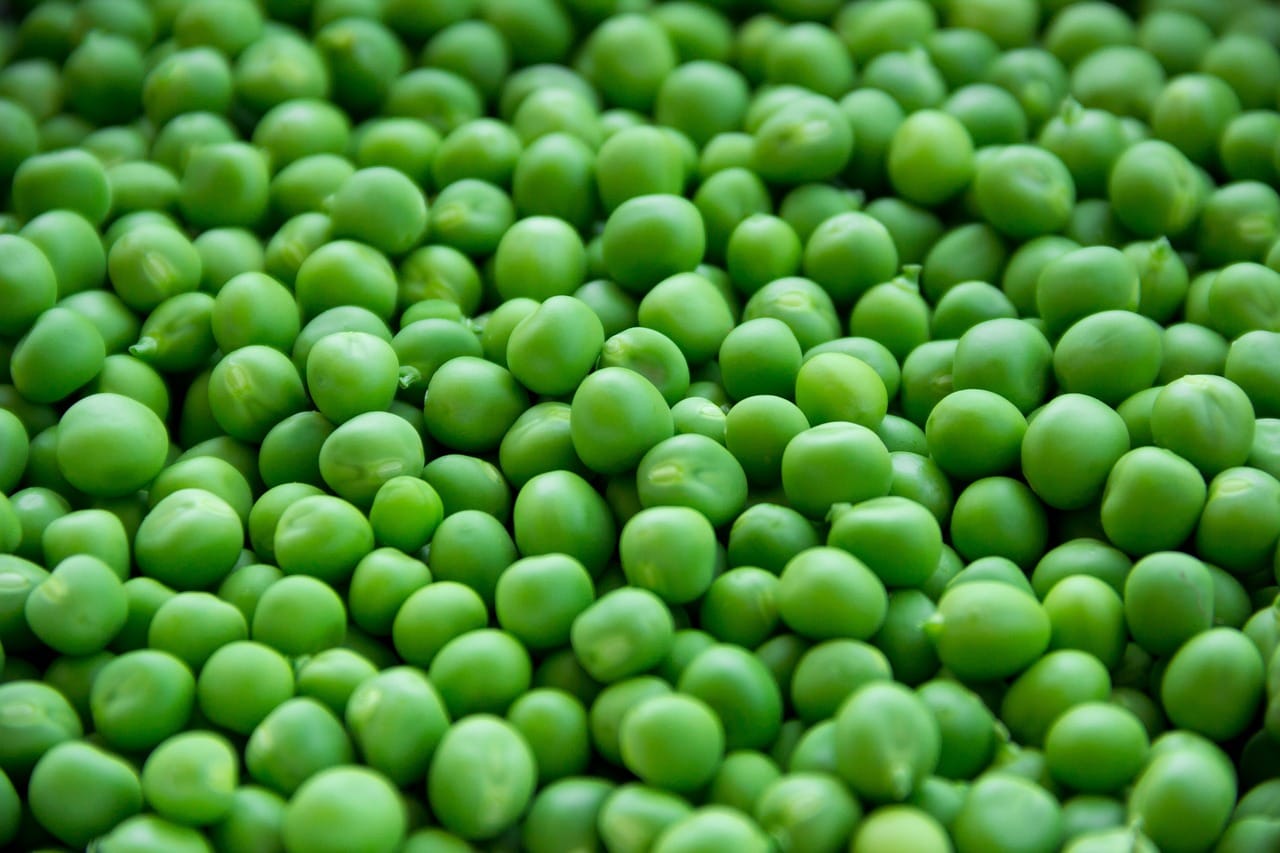Smoothies! More than just a blended concoction, they’re a nutritional powerhouse disguised as a delicious treat. Whether you’re a seasoned health enthusiast or simply looking for a quick and easy way to boost your daily nutrient intake, understanding the art and science of smoothie making can significantly impact your well-being. This guide will delve into everything you need to know about creating the perfect smoothie, from choosing the right ingredients to mastering blending techniques. Get ready to unlock the vibrant, healthful world of smoothies!
The Benefits of Smoothies
Smoothies are incredibly versatile and offer a multitude of benefits for people of all ages and lifestyles. They’re a fantastic way to pack in essential nutrients, stay hydrated, and even manage weight.
Nutritional Powerhouse
- Increased Fruit and Vegetable Intake: Smoothies are an excellent way to consume a wide variety of fruits and vegetables, helping you reach your daily recommended servings.
- Rich in Vitamins and Minerals: Depending on the ingredients, smoothies can be loaded with vitamins like A, C, and K, as well as minerals like potassium, magnesium, and iron.
- Fiber Boost: When made with whole fruits and vegetables (skin and all), smoothies can provide a significant source of dietary fiber, promoting healthy digestion and satiety.
- Antioxidant Properties: Fruits and vegetables rich in antioxidants help protect your body against free radical damage, reducing the risk of chronic diseases.
Convenience and Time-Saving
- Quick and Easy to Prepare: Smoothies can be made in minutes, making them ideal for busy mornings or post-workout fuel.
- Portable and On-the-Go: Simply pour your smoothie into a travel container and enjoy it anywhere.
- Customizable: You can easily tailor your smoothie to your specific dietary needs and preferences.
Hydration and Digestive Health
- Excellent Source of Hydration: Smoothies, especially those made with water, coconut water, or milk, contribute to your daily fluid intake.
- Easy to Digest: Blending breaks down fruits and vegetables, making them easier to digest, which can be beneficial for individuals with digestive issues.
- Probiotic Boost (with added ingredients): Adding yogurt, kefir, or probiotic powders can promote gut health.
Essential Smoothie Ingredients
The foundation of any great smoothie lies in the quality and variety of its ingredients. Understanding the role each ingredient plays will allow you to create smoothies that are both delicious and nutritious.
Fruits
Fruits provide natural sweetness, vitamins, minerals, and antioxidants.
- Berries: Strawberries, blueberries, raspberries, and blackberries are low in calories and high in antioxidants. They can be frozen to achieve a thicker consistency.
- Bananas: Add creaminess, sweetness, and potassium. Frozen bananas are especially useful for creating a thick, ice cream-like texture.
- Mangoes: Offer tropical flavor, vitamin C, and fiber.
- Pineapple: Adds a tangy sweetness and contains bromelain, an enzyme known for its anti-inflammatory properties.
- Apples: Provide fiber and a subtle sweetness. Consider adding a small amount of lemon juice to prevent browning.
Vegetables
Adding vegetables to your smoothies is a great way to increase your nutrient intake without significantly altering the flavor.
- Spinach: A mild-tasting green packed with vitamins and minerals.
- Kale: Rich in vitamins K, A, and C, but can have a stronger flavor. Start with small amounts and gradually increase as you adjust.
- Cucumber: Adds hydration and a refreshing flavor.
- Carrots: Provide beta-carotene and a subtle sweetness.
- Beets: Offer a vibrant color, unique flavor, and are rich in nitrates.
Liquids
Liquids are essential for achieving the right consistency and can also add nutritional value.
- Water: A neutral option that keeps the smoothie light.
- Milk (Dairy or Non-Dairy): Provides calcium and protein. Almond milk, soy milk, oat milk, and coconut milk are popular non-dairy alternatives.
- Yogurt (Greek or Regular): Adds creaminess, protein, and probiotics.
- Juice: Can add flavor and sweetness, but be mindful of the sugar content. Opt for 100% fruit juice or vegetable juice.
- Coconut Water: A hydrating and electrolyte-rich option.
Protein Sources
Adding protein to your smoothie helps you feel fuller for longer and supports muscle recovery.
- Protein Powder: Whey, casein, soy, pea, and rice protein powders are convenient options.
- Greek Yogurt: As mentioned above, Greek yogurt is a great source of protein and probiotics.
- Nuts and Seeds: Almonds, cashews, chia seeds, flax seeds, and hemp seeds add protein, healthy fats, and fiber.
- Nut Butters: Peanut butter, almond butter, and cashew butter provide protein and healthy fats, but can be high in calories.
Superfoods and Add-ins
These ingredients can enhance the nutritional value and flavor of your smoothies.
- Chia Seeds: Rich in fiber, omega-3 fatty acids, and antioxidants.
- Flax Seeds: Similar to chia seeds, flax seeds are a good source of fiber and omega-3s.
- Hemp Seeds: A complete protein source and rich in omega-3 and omega-6 fatty acids.
- Spirulina: A blue-green algae packed with protein, vitamins, and antioxidants.
- Ginger: Adds a spicy kick and has anti-inflammatory properties.
- Turmeric: Contains curcumin, a powerful anti-inflammatory compound.
- Cocoa Powder: Adds a chocolatey flavor and contains antioxidants.
- Matcha Powder: Provides a boost of antioxidants and energy.
Smoothie-Making Techniques and Tips
Mastering a few key techniques can elevate your smoothie game and ensure consistently delicious results.
Blending Order Matters
The order in which you add ingredients to your blender can affect the final texture.
Achieving the Right Consistency
- Too Thick: Add more liquid, a little at a time, until you reach your desired consistency.
- Too Thin: Add more frozen fruit, ice, or a thickening agent like chia seeds or oats.
Blending Time
Blend until all ingredients are completely smooth. High-powered blenders may only require 30-60 seconds, while less powerful blenders may take longer.
Storage
- Smoothies are best consumed immediately to retain their freshness and nutritional value.
- If you need to store a smoothie, keep it in an airtight container in the refrigerator for up to 24 hours. The color and texture may change slightly over time.
Example Smoothie Recipes
Here are a few smoothie recipes to get you started:
- Green Detox Smoothie: 1 cup spinach, 1/2 green apple, 1/2 cucumber, 1/2 lemon (juiced), 1 cup water, 1 scoop protein powder.
- Berry Blast Smoothie: 1 cup mixed berries (frozen), 1/2 banana, 1/2 cup Greek yogurt, 1/2 cup almond milk.
- Tropical Mango Smoothie: 1 cup mango (frozen), 1/2 cup pineapple, 1/2 cup coconut water, 1 tablespoon chia seeds.
- Chocolate Peanut Butter Smoothie: 1 banana, 1 tablespoon peanut butter, 1 tablespoon cocoa powder, 1 cup almond milk, 1 scoop chocolate protein powder.
Common Smoothie Mistakes to Avoid
Even with the best intentions, some common mistakes can hinder your smoothie experience. Knowing what to avoid can help you create consistently delicious and nutritious smoothies.
Overloading the Blender
- Problem: Adding too many ingredients at once can strain your blender and result in unevenly blended smoothies.
- Solution: Add ingredients gradually, following the recommended blending order. If necessary, blend in batches.
Using Too Much Sweetener
- Problem: Overdoing sweeteners like honey, maple syrup, or agave can negate the health benefits of your smoothie and lead to a sugar crash.
- Solution: Rely on the natural sweetness of fruits like bananas, mangoes, and berries. If you need extra sweetness, use a small amount of a natural sweetener or a few drops of stevia.
Neglecting Healthy Fats
- Problem: Omitting healthy fats can leave you feeling hungry shortly after drinking your smoothie.
- Solution: Incorporate sources of healthy fats like nuts, seeds, nut butters, avocado, or coconut oil.
Forgetting Protein
- Problem: Smoothies lacking protein may not keep you feeling full and satisfied for long.
- Solution: Add protein powder, Greek yogurt, nuts, seeds, or nut butters to boost the protein content.
Ignoring Dietary Restrictions
- Problem: Not considering your dietary needs or allergies can lead to unpleasant reactions.
- Solution: Carefully read ingredient labels and choose alternatives if necessary. For example, use non-dairy milk if you’re lactose intolerant or gluten-free protein powder if you have a gluten sensitivity.
Conclusion
Smoothies are a versatile and convenient way to boost your nutrient intake and support your overall health. By understanding the benefits, essential ingredients, blending techniques, and common mistakes to avoid, you can create delicious and nutritious smoothies that fit your individual needs and preferences. So, grab your blender, experiment with different combinations, and embark on a smoothie adventure that will transform your well-being!




